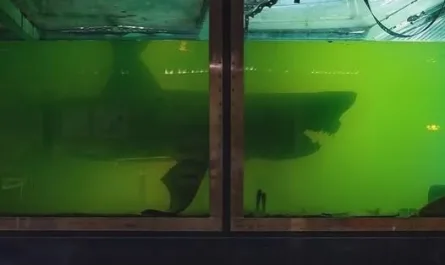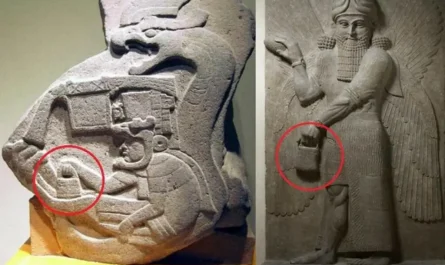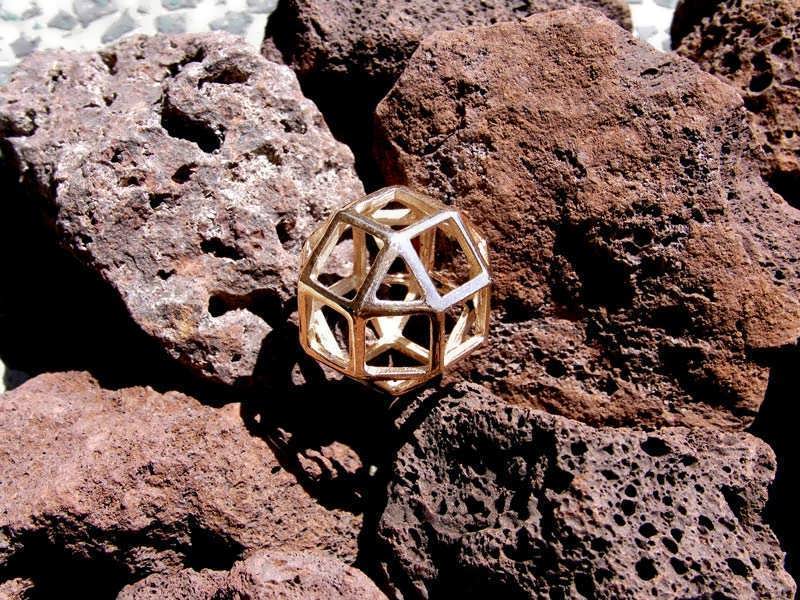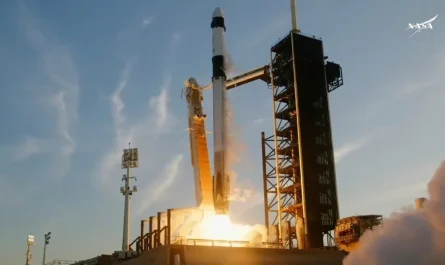Stretching across southern Idaho, the Snake River Canyon isn’t just a geographical feature; it’s a testament to immense natural forces and a vibrant hub of activity. From its dramatic origins to its modern-day appeal, let’s delve deeper into what makes this canyon so extraordinary.
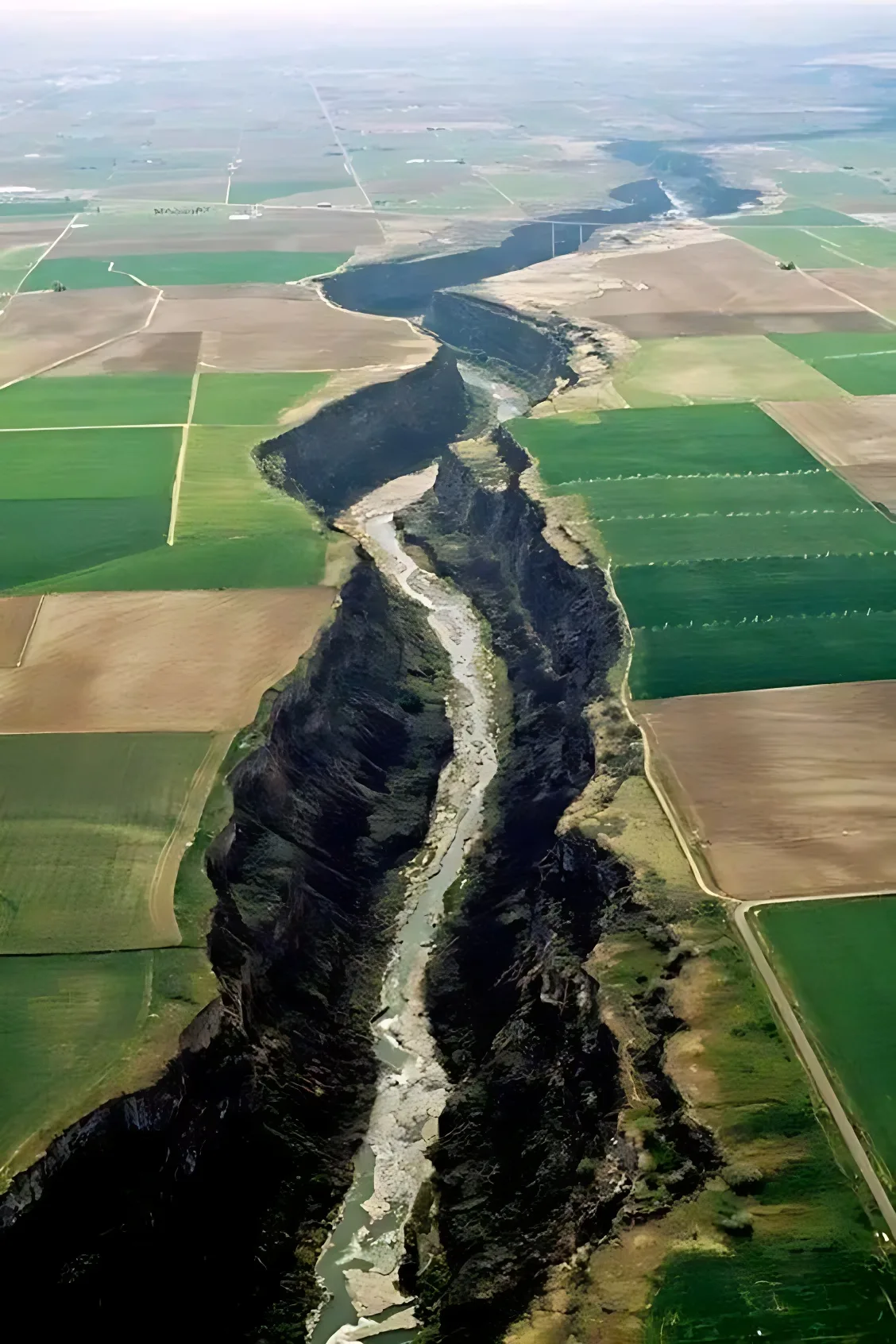
Volcanic Origins and the Dance of Tectonics
The story of the Snake River Canyon begins not with water, but with fire. Millions of years ago, volcanic activity, closely linked to the same hot spot that fuels Yellowstone National Park today, began to shape the land. Imagine colossal flows of basaltic lava pouring across the landscape, laying down the foundational layers of what would become the Snake River Plain.
But lava wasn’t the only player. Plate tectonics also had a hand in the canyon’s birth. Oblique extensional forces, a kind of slow-motion tug-of-war between the North American and Pacific plates, contributed to the plain’s formation as a graben, a depressed block of land bordered by faults. This created the perfect stage for the next act in the canyon’s drama.
The River’s Relentless Carving and a Cataclysmic Flood
While volcanic forces laid the groundwork, it was the Snake River itself that became the master sculptor. Over countless millennia, the river has relentlessly cut through layers of hardened basalt and softer sedimentary rocks, revealing a stunning cross-section of geological time. Each curve and crevice tells a story of erosion and endurance.
Then, around 14,500 years ago, came a truly monumental event: the Bonneville Flood. Picture this: an ancient, massive Ice Age lake, Lake Bonneville (the precursor to today’s Great Salt Lake), breached its natural dam. An unimaginable torrent of water surged into the Snake River watershed, scouring and shaping the canyon with incredible force. This cataclysmic flood was responsible for carving out some of the canyon’s most iconic features, including the powerful Shoshone Falls and the breathtaking Twin Falls waterfall.
Adding another layer to the canyon’s unique hydrology is its vast aquifer system. Often just a few hundred feet below the surface, this underground water source feeds countless springs that emerge from the northern canyon walls. These springs create “hidden streams and hanging gardens,” adding unexpected oases of green to the rugged landscape.
Iconic Features and Thrilling Adventures
The Snake River Canyon is more than just geology; it’s a playground of natural wonders and thrilling human feats:
- Shoshone Falls: The “Niagara of the West” 💦 Standing taller than its eastern counterpart, Shoshone Falls is a truly awe-inspiring sight. Whether it’s roaring with spring runoff or gracefully cascading in drier seasons, it’s a must-see, offering incredible views, hiking trails, and peaceful picnic spots.
- Perrine Bridge: An Engineering Marvel and BASE Jumping Hub 🌉 Soaring nearly 500 feet above the Snake River, the Perrine Bridge near Twin Falls is an engineering marvel. But it’s also famous for something else: it’s the only place in the U.S. where BASE jumping is permitted year-round without a permit. This draws daredevils and spectators alike, creating a unique spectacle.
- Evel Knievel’s Legendary Jump Site 🏍️ In 1974, the Snake River Canyon cemented its place in daredevil history when Evel Knievel attempted his infamous rocket-powered jump across its expanse. Though unsuccessful, the X-2 Skycycle jump site remains a fascinating point of interest, a tribute to human audacity.
- Centennial Waterfront Park 🛶 For those seeking river access, Centennial Waterfront Park in Twin Falls is ideal. It offers boating, kayaking, and paved walking paths that provide spectacular views of the canyon rim, perfect for a leisurely stroll or an active paddle.
- Thousand Springs State Park 💧 As its name suggests, Thousand Springs State Park is a natural marvel where countless springs burst forth from the basalt cliffs, creating a verdant and unique ecosystem. It’s a testament to the power of the underground aquifer.
Outdoor Playground and Wildlife Haven
Beyond its iconic landmarks, the Snake River Canyon is a paradise for outdoor enthusiasts:
- Hiking and Outdoor Activities 🚶♀️🚣♂️🎣 From easy rim trails to challenging descents into the canyon, there’s a hike for every level. The Snake River itself is perfect for kayaking and boating, and its waters teem with fish, making it a popular spot for fishing for sturgeon, salmon, steelhead, trout, bass, and catfish. For the more adventurous, designated areas of Snake River Canyons Park offer opportunities for off-roading and rock crawling.
- Wildlife Viewing 🦅🦌 The canyon is a vital habitat for diverse wildlife. Keep your eyes peeled for a wide variety of bird species, especially raptors like peregrine falcons, golden eagles, and prairie falcons soaring high above. You might also spot deer, moose, elk, and, if you’re very lucky, even lynxes, wolverines, mountain lions, or grizzly bears in the more remote areas.
- Historical Significance 📜 The canyon is steeped in history. Native American tribes like the Shoshone and Nez Perce have called this region home for thousands of years, leaving behind archaeological clues of their rich culture. Later, the Snake River served as a crucial route for early European explorers and pioneers heading westward, adding another layer to its fascinating story. You can still find archaeological sites and old homesteads hinting at its past.
The Canyon’s Vital Economic Role
The Snake River Canyon isn’t just a pretty face; it’s an economic powerhouse for Idaho:
- Agriculture 🥔 The Snake River and its massive aquifer are the lifeblood of Idaho’s agriculture. This abundant water resource is essential for irrigating vast fields, helping to grow the state’s famous crops, especially the iconic Idaho potatoes.
- Hydropower ⚡ The river’s powerful flow has been harnessed for hydropower generation. Dams like Milner Dam and Minidoka Dam are critical in providing clean electricity and supporting the extensive irrigation systems that fuel the region’s farms.
- Recreation and Tourism 💲 The canyon’s breathtaking natural beauty and its myriad recreational opportunities make it a significant draw for visitors. This influx of tourism and outdoor enthusiasts contributes substantially to the local economy, supporting businesses and jobs.
The Snake River Canyon truly is a jewel of the American West, a place where the forces of nature and the spirit of adventure converge. Whether you’re a geologist, a thrill-seeker, a history buff, or simply someone who appreciates stunning landscapes, the canyon offers an unforgettable experience.
